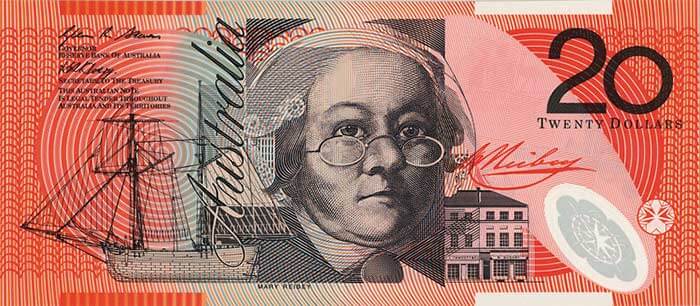The annual WPI has risen to be 4 per cent higher, a level not seen since March 2009, but still significantly below the 5.4 per cent inflation of consumer prices during the same period.
The new data from the ABS shows that real wages (the purchasing power of what workers earned) increased 0.1 per cent compared to consumer price increases (1.2 per cent) in the September quarter—the second consecutive quarterly increase.
Wages have been pushed higher by a 5.75 per cent boots for awards wages, as well as aged care workers receiving a 15 per cent pay increase since July 1st.
The growth of annual wages was stronger in the private sector at 4.2 per cent compared to the public sector’s 3.5 per cent.
In a media release on the Department of the Treasury’s website, Treasurer Jim Chalmers stated that the government expects annual real wages to reflect the improving conditions early next year.
“While there will be some volatility in quarterly data, Treasury also expects annual real wages to return to growth in early 2024,” said Chalmers.
“We believe that solid, sustainable wages growth is part of the solution to the cost‑of‑living challenges Australians face, not part of the problem.”
However, adjusted for inflation, Australian wages are still down seven per cent from their peak — remaining at close to the lowest level in 13 years.
Speaking to ABC News, Indeed’s Asia-Pacific economist Callam Pickering suggested that it may take another five to 10 years for the inflation-adjusted WPI to return to its previous peak.
It’s also notable that the growth in wages is in line with the Reserve Bank of Australia’s (RBA) forecasts, and as such the new data will likely have little impact on the RBA’s stance on future potential interest rate increases.






